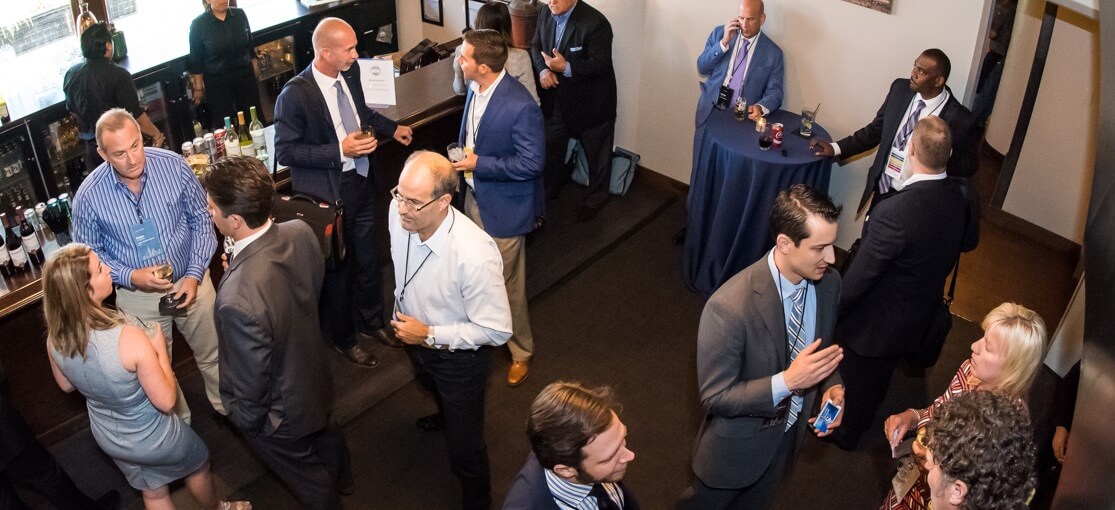
PE Industry Firing on All Cylinders in 2018
It’s no secret that 2017 was a strong year for private equity. The industry saw growth with global buyout value…
As we previously discussed, limited partners (“LPs”) are the outside investors that provide capital to the private equity fund. The general partners (“GPs”) are the professional investors who manage the firm and deploy the capital. In a committed capital fund, the LPs have signed a formal partnership agreement and are legally committed to provide the capital. It is important to understand that the LPs do not typically transfer their capital at the time of signing the agreement. Most GPs make “capital calls” on a quarterly or on an as needed basis. A capital call is a formal notification from the GP to the LP indicating that a specific amount of money is to be transferred to the private equity firm within a certain time period (usually 30 days). The difference between the total commitment amount and the capital called to date is refereed to as the “un-drawn obligation” by the LP.
While the GPs do not have the funds sitting in their bank account, it is very unusual for an LP to default on a capital call. First, an event of default on a capital call would have severe financial consequences for the LP. A default can result in the LP forfeiting all or some of their interest in the fund. Or the LP may be required to sell their interest to a third party or another non-defaulting LP at a significant discount. In addition to financial consequences, a default of a capital call will damage the LP’s relationship with the GP and they most likely will not be able to invest in subsequent funds that the GP might elect to raise. A default also hurts the LP’s reputation within the industry. Other GPs, particularly the best fund managers and the funds the LP wants to invest in, would be hesitant to work with a LP that has a history of defaulting on a previous capital call.
In periods of significant economic volatility or cash strain, the LPs will work with the GPs to structure something that will work for both parties. The article “Cash-Poor LPs Face Capital-Call Pressure” by Private Equity Insider has a great discussion on the topic when, during the recent financial crisis, LPs were finding themselves with very limited cash to meet their un-drawn obligations to private equity funds.
As a business owner/entrepreneur looking to sell or raise capital from a private equity firm, you probably are not going to know who the LPs are in a committed capital fund. Given the extremely low probability of an LP default, knowing the LPs is usually not important. As a seller to a committed capital fund, there are two important GP-LP structural considerations:
